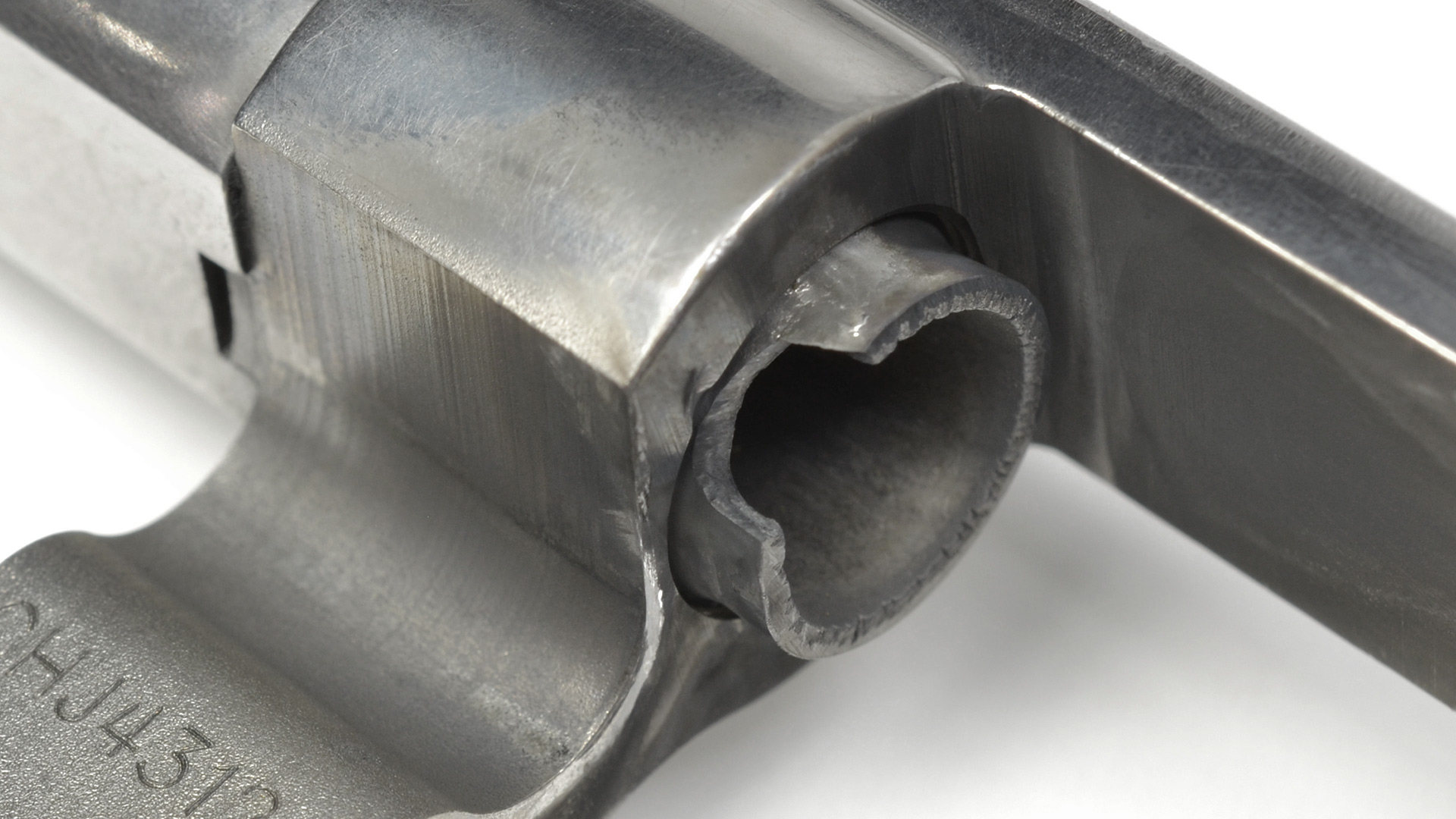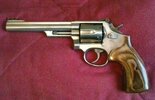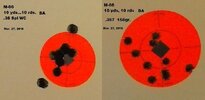Well, back in the days when I was an avid handloader and favored stout Magnum loads on the manuals, I did all my shooting with Ruger Blackhawks and Security-Sixes. I remember reading the experts who published in gun magazines of those years as usually opining that K-frames were made for carrying Magnum loads, but not using them for a steady, and especially heavy, diet.
Once I entered LE and found the issued .357MAG revolvers were a mix of 4" Pythons and M66's, I found that all qualifications and training were done with locally remanufactured 158gr LSWC +P. I never saw anyone burning up .357MAG ammo on the range (other than me). Made sense I guess, since they gave us ONE box of .357MAG when we were hired, and that was that. If you used that first box up for just range use (not an actual shooting incident), you had to buy more on your own dime, since that's what they told us annual uniform allowances were for.

I suspected there were probably guys and gals who may never have fired Magnum ammo, but just carried it in their duty weapons. (Ditto the available reman qual loads for the guys and gals who carried .44MAG/SPL and .45Colt/ACP wheelies, too. The .44 qual loads were Specials, as I recall.)
While I did my best to try and wear out a number of Security-Sixes (and a Speed and Service-Six), and a couple Blackhawks, I never subjected my K-frames to that sort of wear and tear. One of the L-frames they issued for several years, sure, but I don't think I fired more than 3500 Magnum rounds through it.
I lost interest in reloading many years ago, and nowadays I only shoot my medium-frame .357's for occasional assessment of my DA revolver skills with Magnum loads. The bulk of my revolver shooting is done with my collection of J-frames, as I carry them a lot of the time and they demand more of me, so it helps keep my DA/DAO skills sharp. The couple of .357MAG J's really keep me on my toes.

When I carry my 3" M65 or my 4" Service-Six, I use the remaining stash of my 125gr, 140gr or 145gr Magnum ammo. Mostly the 145gr, as I rather liked the 145gr STHP in my duty revolver days. Accurate, controllable and relatively low flash signature. I don't mind doing limited shooting with my remaining Magnum loads for drills and quals, but I don't want to dig too deeply into the supply I put away in the 80's and 90's. It's more difficult to find nowadays, and a helluva lot more expensive when you do.

When it comes right down to it, I don't mind carrying some of the better +P loads for defensive carry, but would still carry the Magnum loads if I were wandering the backwoods again.
Something else to consider is that in the 60's and 70's, unless you were a competition shooter or an active reloader it was very unsual to find anyone who fired more than 500rds the while time they may own a handgun. Back in those days torture/endurance tests meant shooting 5000rds. Maybe. Also, it wasn't uncommon to find that the 'average' Magnum revolver owner might never have finished shooting up the first 50rd box of Magnum ammo bought with the gun, too.







